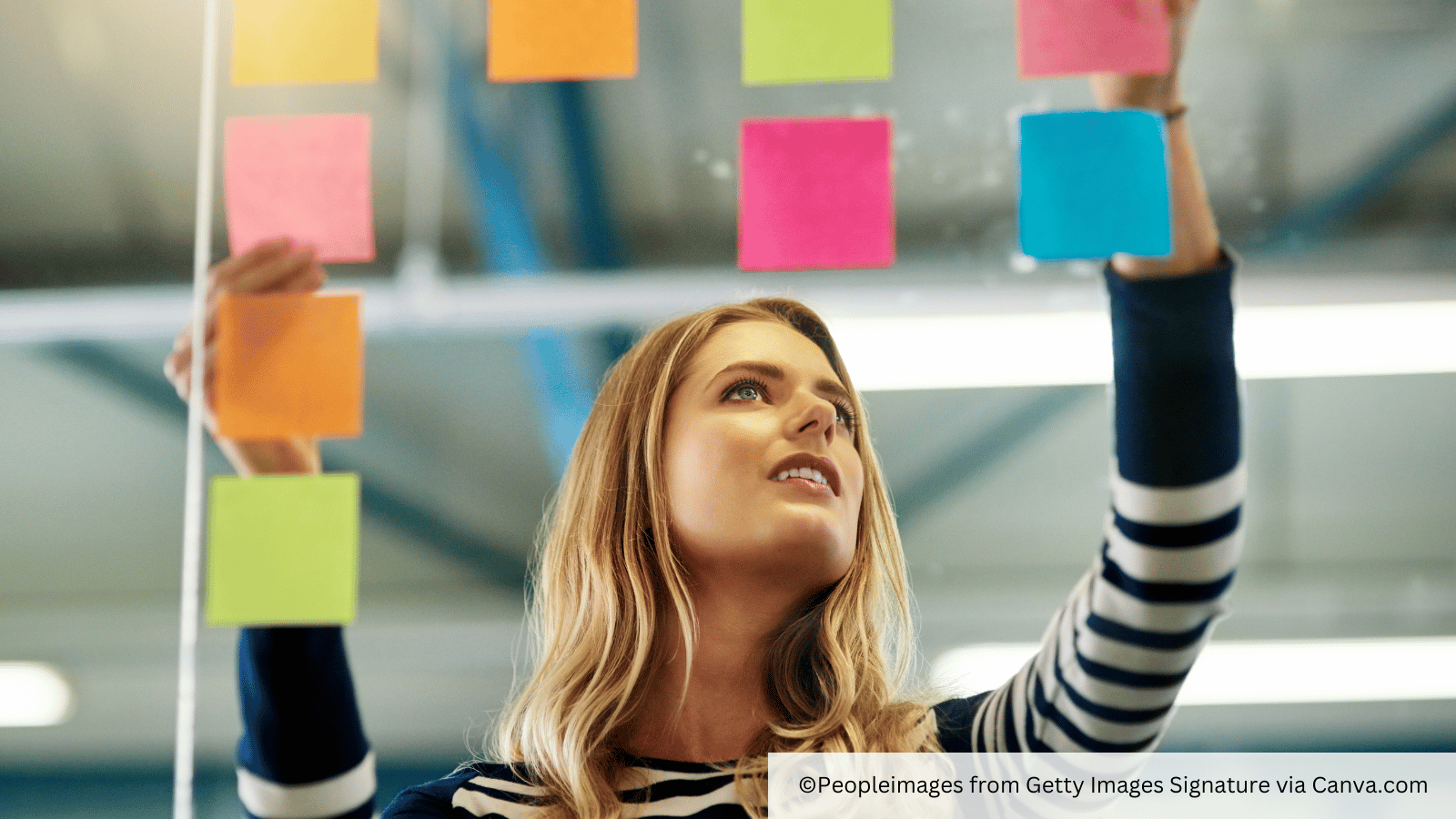As the academic year unfolds, business schools must navigate the constantly changing social media landscape. It’s essential for these institutions to update their strategies to maximise impact and avoid outdated or ineffective methods. Here’s a look at what business schools should leave behind on social media this year and where they should focus their efforts instead…
What to avoid
-
Overly promotional content
While it’s important to highlight achievements and promote your institution, an excess of self-promotion can be off-putting. Audiences are good at spotting marketing tactics. Instead of always posting purely promotional content, balance it with informative and engaging content.
-
Neglecting engagement
Simply posting without engaging with the audience can make social media efforts seem one-sided. Ignoring comments, questions, and feedback can mean missing chances to connect and improve. Engaging with followers is key to building a strong community both online and offline.
-
Long, text-heavy posts
Attention spans on social media are short. Long, dense posts are likely to be skipped over. Choose short, attractive content that gets your message across quickly. Using bullet points, infographics, and videos can make information more engaging.
What to prioritise
- Authentic storytelling
- Interactive content
- Showcasing research and innovation
- Sustainability and social responsibility
- New technologies
- Collaborating
-
Authentic storytelling
Sharing real stories from students, alumni, and faculty can create a deeper connection with your audience. Personal journey stories, day-in-the-life videos, and testimonials provide a genuine insight into your school’s culture and values, making your content more relatable and engaging.
-
Interactive content
Encourage participation through polls, Q&A sessions, live streams, and interactive stories. Interactive content not only boosts engagement but also provides feedback and insights into what your audience finds interesting and valuable.
-
Showcasing research and innovation
Effectively highlighting your ground-breaking research and innovative projects undertaken by faculty and students can position your institution as a thought leader in key areas. Create content that breaks down complex research and ideas into digestible pieces, making it accessible and interesting to a broader audience.
-
Sustainability and social responsibility
Today’s students and stakeholders are increasingly concerned with sustainability and social impact. Emphasising your school’s efforts through initiatives, events, and partnerships, can resonate strongly with your audience and enhance your institution’s reputation.
For instance, BeVisioneers is a global programme for young environmental innovators, run independently by a non-profit organisation. They can share content like this Reuters article, which explores how the BeVisioneers fellowship empowers change from the ground up.
-
New technologies
Embrace new technologies such as augmented reality (AR), virtual reality (VR), and artificial intelligence (AI) to create innovative and immersive content experiences. These technologies can be used for virtual campus tours, interactive learning experiences, and more, making your school stand out.
In 2020, NEOMA Business School introduced a fully virtual campus, becoming the first European business school to do so. The school uses AI and virtual reality in their programmes to evaluate student performance, facilitate collaborative resource creation, and support case studies.
-
Collaborating
Partnering with industry leaders, influencers, and other educational institutions can broaden your reach of the content. Collaborative webinars, guest posts, co-hosted events, and shared podcasts can introduce your school to a new audience and expand your reach.
Here is an example from Business Schools for Climate Leadership (BS4CL), a group of business schools that have come together to help the fight against climate change. They collaborate, co-host events and share coverage of this in terms of traditional media as well as on social media: https://www.linkedin.com/posts/insead_inseadmoments-partnerships-sustainability-activity-7203757747740237824-Nvfs?utm_source=share&utm_medium=member_desktop
What platforms to prioritise
-
LinkedIn
LinkedIn is a powerful tool for academics and business schools. It allows professional networking, connecting users with industry leaders, potential collaborators, and alumni. As an academic, you can showcase your research and achievements, reaching a wider audience and gaining recognition. Business schools can support student career development by posting job opportunities and career advice, helping students connect with potential employers. LinkedIn also maintains strong alumni relations through groups and updates, and effectively markets programmes and faculty to attract potential students. Overall, LinkedIn’s professional focus and networking capabilities make it an essential platform for academics and business schools.
-
X
X (formerly Twitter) is a valuable platform for academics and business schools due to its real-time communication and engagement capabilities. It allows users to share posts and updates quickly, participate in relevant discussions, and connect with a global audience. Academics can use X to highlight their research, share insights, and join conversations in their fields, enhancing their visibility and influence. For business schools, X is an effective tool for promoting programmes, engaging with potential applicants, and building relationships with alumni and people in the industry. As X’s posts are short and simple, it is ideal for sharing news and updates, keeping both institutions and individuals engaged with current trends.
Why business students are getting to grips with geopolitics @FT. As @NEOMAbs MiM director @Imen_Mejri_ says, « A serious geopolitical understanding is indispensable for anyone closely or remotely linked to the international arena. » https://t.co/KLAwdvYQ4f
— Delphine Manceau (@delphmanceau) September 9, 2024
By dropping old methods and adopting a more engaging approach, business schools can improve their social media presence. Focusing on real stories, interactive content, and new technologies will attract prospective students and build stronger connections with current students, alumni, and the community. Staying adaptable and forward-thinking will help keep the social media strategy effective as trends change.
With an eye for style and always keeping impact in mind, Megan is dedicated to delivering consistently interesting content that influences audiences, demonstrating growth in both engagement and follower numbers across different key platforms and networks. Beyond creating gripping content, Megan regularly produces key insights into how business schools and universities could, and should, be using social media as a marketing tool.


.png?width=160&height=200&name=team%20photos%20(13).png)


